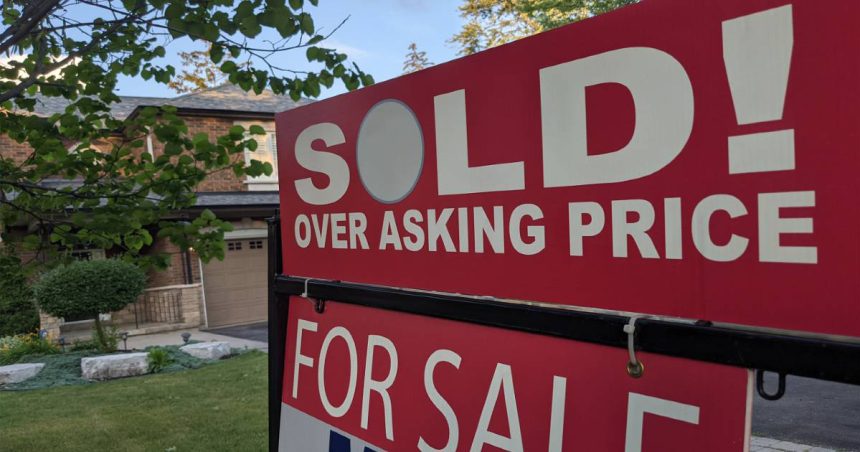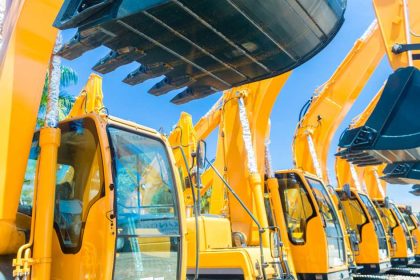Overseas migration will continue to add pressure on Australia’s housing market for years to come, the Housing Industry Association has warned.
The nation’s peak body for residential construction says the housing supply will continue to be hampered by high migration numbers for nearly half a decade despite efforts to return overseas population growth to pre-pandemic levels.
Net-overseas migration has been pinned by many analysts as one of the key reasons behind the nation’s ongoing housing crisis, reaching 375,000 last financial year, compared with 510,000 in 2022/23.
However, those numbers are set to be drastically cut in an effort to bring the country’s exploding intake back to sustainable levels, with the government hoping to reduce figures to around 250,000 across the next three years.
However, HIA Chief Economist Tim Reardon expressed scepticism over those projections last week, telling Build-it that the Home Building body expected those figures to be out by as much as 100 per cent.
“We don’t expect population growth to slow, but the next quarter of data that they release will say, ‘See, we are slowing population growth, ‘ but it’s not true,” he said.
“The forecast of 250,000 net overseas migrants will be wrong by about 100 per cent, and the following year of getting back to that number will be wrong by about 50 per cent.”

Speaking at the Housing Industry Association’s Construction Outlook breakfast in Brisbane on Friday, Mr Reardon told Build-it that the recent influx of post-Covid migration would have a flow-on effect, expecting it to take “years” before numbers could be brought back to the 250,000 target levels.
“Population growth is extremely difficult to slow down; the reason for that is that migrants aren’t commodities, and they have rights,” he explained to Build-it.
“Most of our future two-year migrants are already in the country, and they have visas to be here legally, and once they have entered the system, it’s very difficult to slow (that system) down.”
“It’s going to take around three years to get population growth back to about 250,000”.

Mass apartments needed to cope with influx
Mr Reardon warned that falling short of overseas migration targets would likely add further strain to the housing sector, saying some cities would have dramatically increased build rates of high-density residential accommodation in order to cope with the intensified demand for housing.
“We need an enormous volume of apartments…at some stage, we have to build an absolute bucketload of apartments in Sydney, Melbourne, and Brisbane,” he told Build-it.
“We cannot have the population growth of overseas migrants coming into Australia in such an extraordinarily high volume without building a large number of apartments.”
However, with current government policies repelling those most likely to invest in high-density housing construction, he said changes would have to be made to bring large scale investors back.
“It is because we continue to create barriers, whether that’s taxing foreign investors out of the marketplace that used to build half the homes, whether it is restrictions forcing domestic investors out of the market,” – if we keep forcing those who build these apartments out of the market we won’t see that (new home construction) recovery.”







